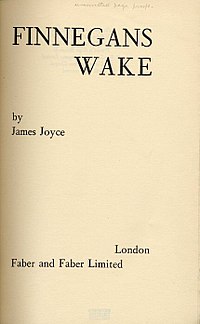
Photo from wikipedia
This paper studies the potential problem and performance when tightly integrating a low power wake-up radio (WuR) and a power-hungry wireless LAN (WLAN) module for energy efficient channel access. In… Click to show full abstract
This paper studies the potential problem and performance when tightly integrating a low power wake-up radio (WuR) and a power-hungry wireless LAN (WLAN) module for energy efficient channel access. In this model, a WuR monitors the channel, performs carrier sense, and activates its co-located WLAN module when the channel becomes ready for transmission. Different from previous methods, the node that will be activated is not decided in advance, but decided by distributed contention. Because of the wake-up latency of WLAN modules, multiple nodes may be falsely activated, except the node that will actually transmit. This is called a false wake-up problem and it is solved from three aspects in this work: (i) resetting backoff counter of each node in a way as if it is frozen in a wake-up period, (ii) reducing false wake-up time by immediately putting a WLAN module into sleep once a false wake-up is inferred, and (iii) reducing false wake-up probability by adjusting contention window. Analysis shows that false wake-ups, instead of collisions, become the dominant energy overhead. Extensive simulations confirm that the proposed method (WuR-ESOC) effectively reduces energy overhead, by up to 60% compared with state-of-the-arts, achieving a better tradeoff between throughput and energy consumption.
Journal Title: Wireless Networks
Year Published: 2019
Link to full text (if available)
Share on Social Media: Sign Up to like & get
recommendations!